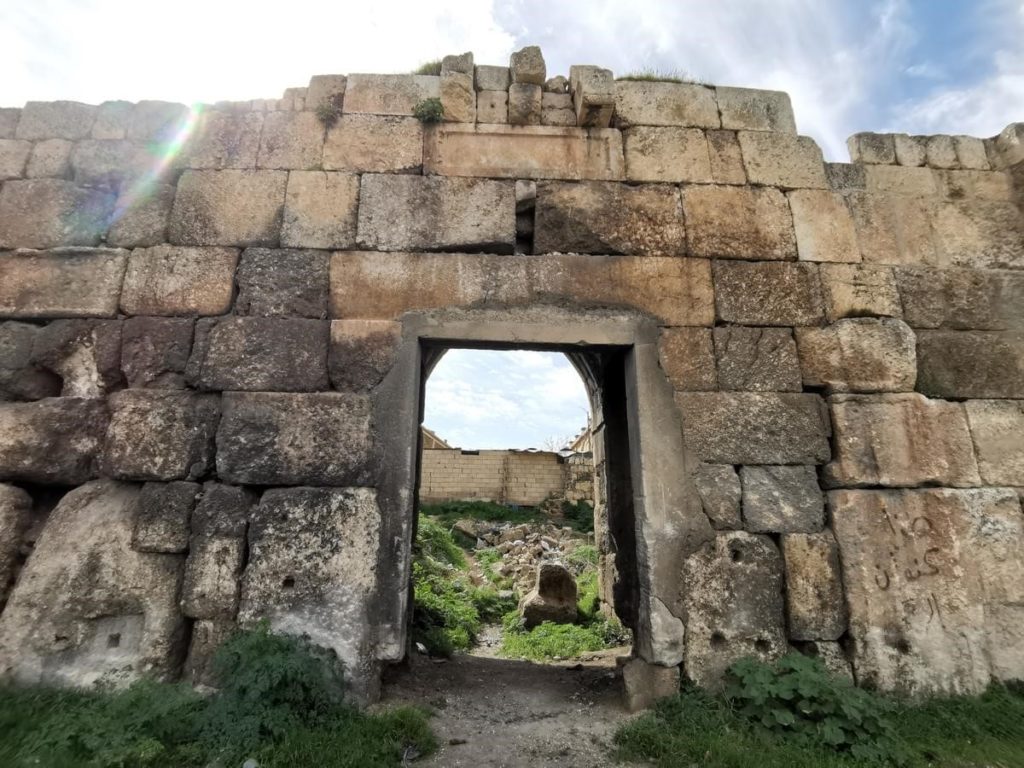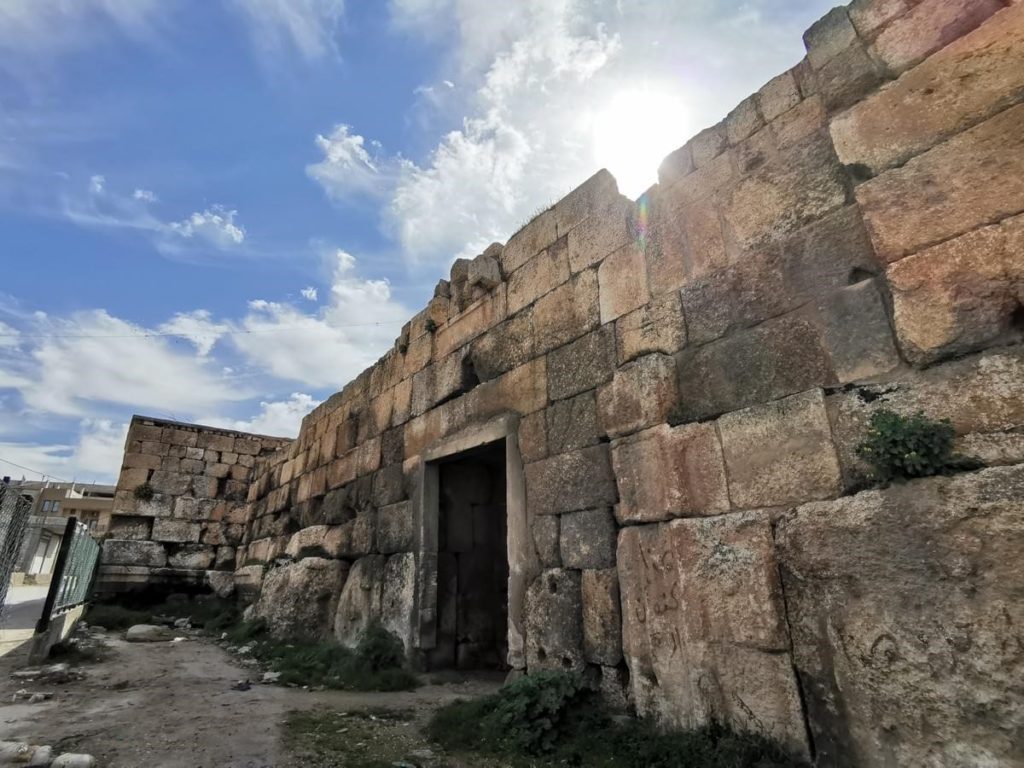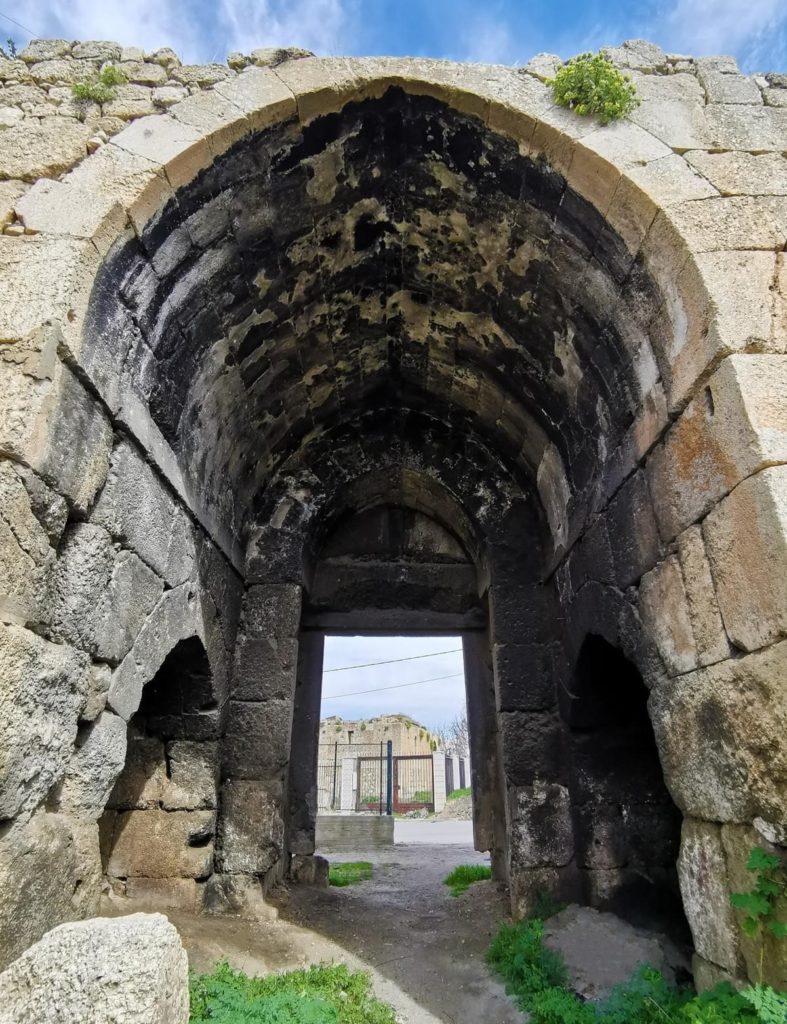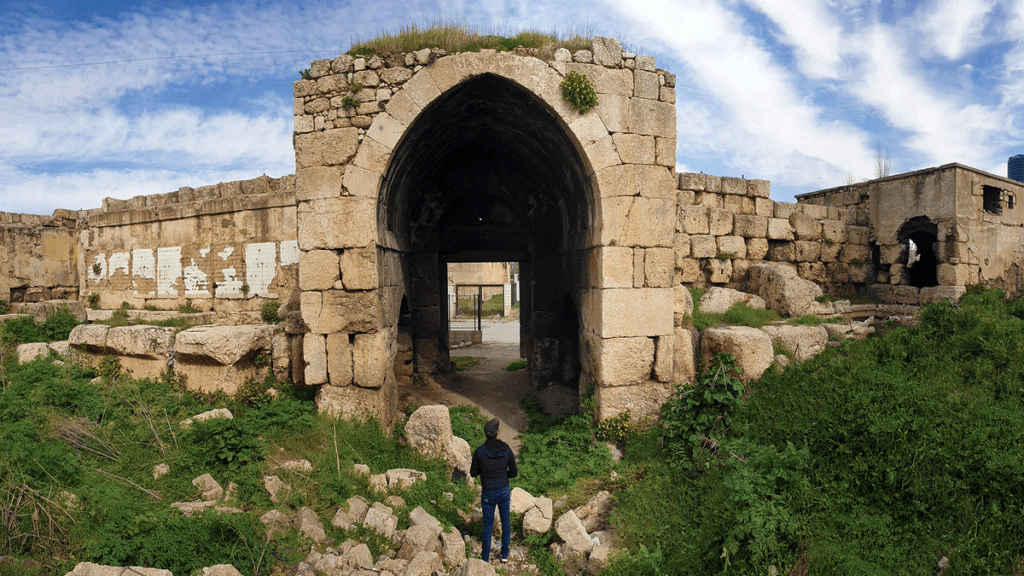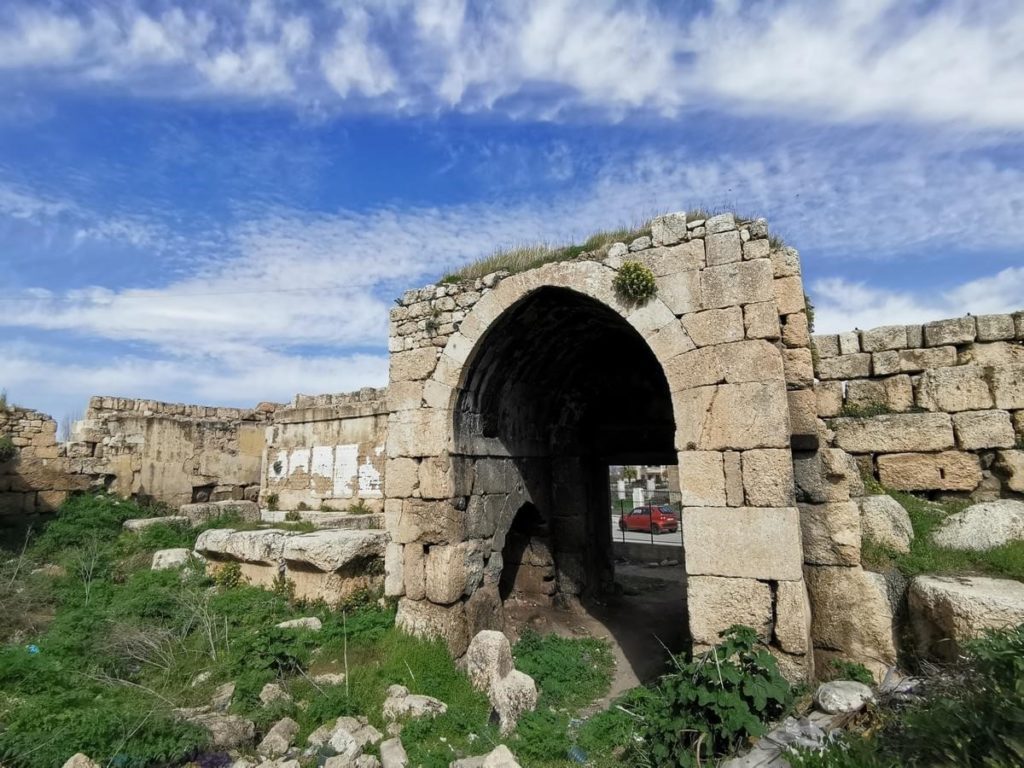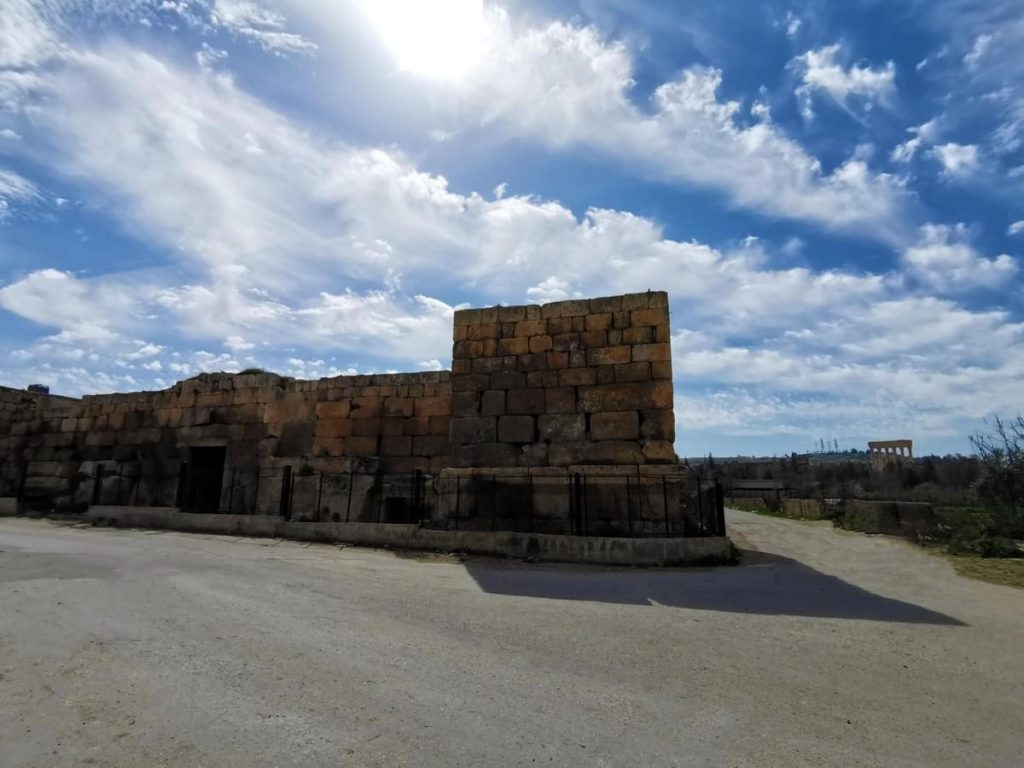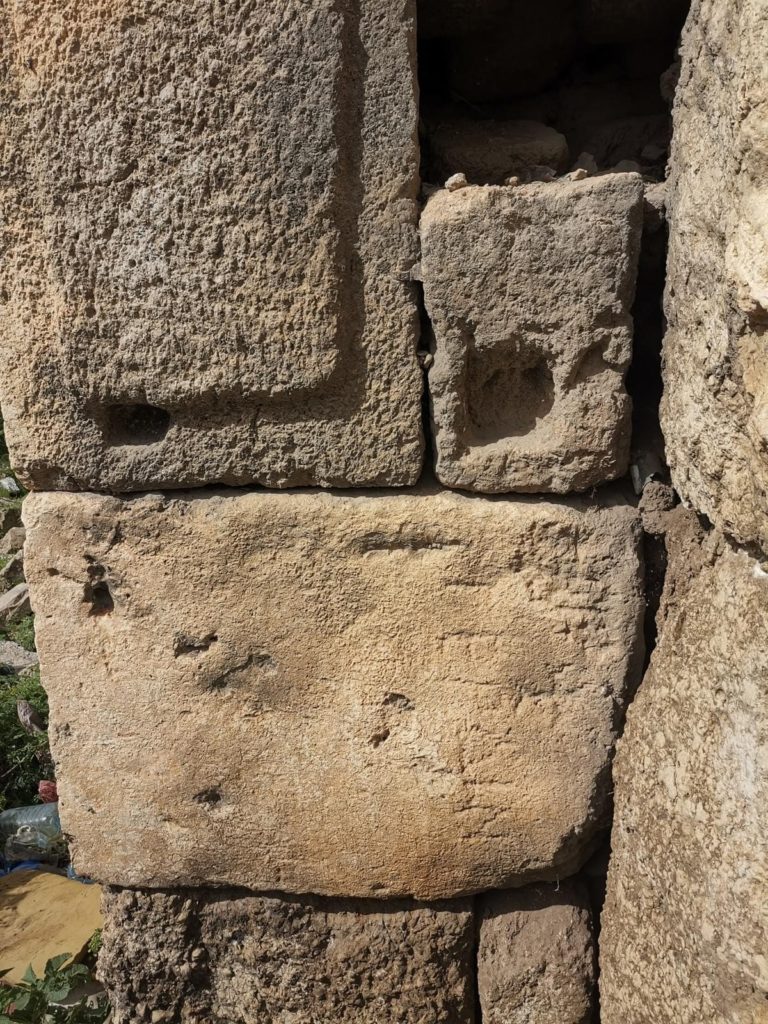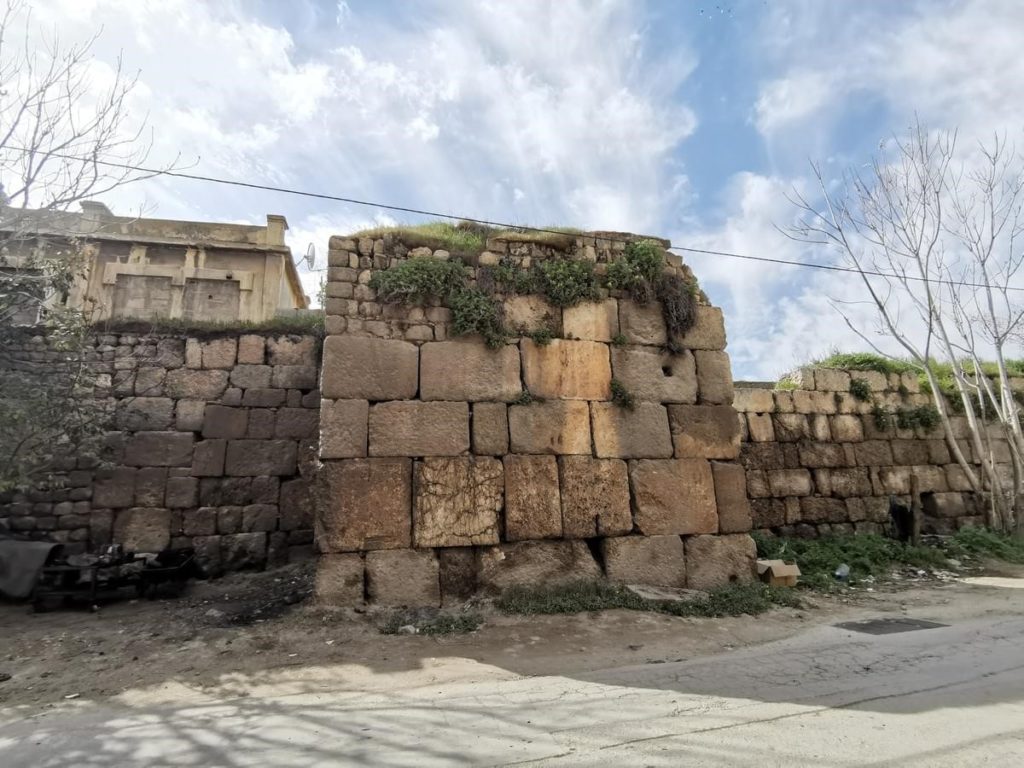The Roman colony of Baalbek once had several gates – Portas – from which only one survived.
Gates
The gates of Baalbek were built around the 1st century AD when the city became a Roman colony, known as Colonia Julia Augusta Felix Heliopolitana. It was part of a series of fortifications, towers and walls that surrounded the colony.
For decades, the gates witnessed the crossing of millions of traders, armies and pilgrims; it lost its importance with time due the city’s expansion outside the walls.
The colony had four main gates:
The northern gate, the remaining one, connects the colony to Hermel and Homs, Syria.
The southern gate connects the colony to Anjar and the old Damascus road.
The eastern gate connects the colony to Nahle town, where the massive foundations of a temple can still be found.
The western gate connects the colony to the old Roman road of Deir El Ahmar – Yammouneh – Jabal El Mnaitra – Akoura.
During the French occupation in 1919, the “Gouraud Army Barrack” was built around the northern gate and the adjacent walls. It is today inhabited by civilians.
Description
Built from local limestone, the arched gate measures approximately 10 meters height and up to 4 meters wall thickness.
The gate has chambers that interconnects with the defensive towers and fortifications. On one of the its rocks, an unknown Latin inscription can be noticed.
From the western side of the gate, the 6 columns of the Jupiter temple can be seen in the horizon.
Facing the gate is the Qubbat Al Sa’dine, a Mamluk monument that dates back to 1410 AD.
Karim Sokhn
Tour Operator & Tour Guide
The northern gate of Baalbek
